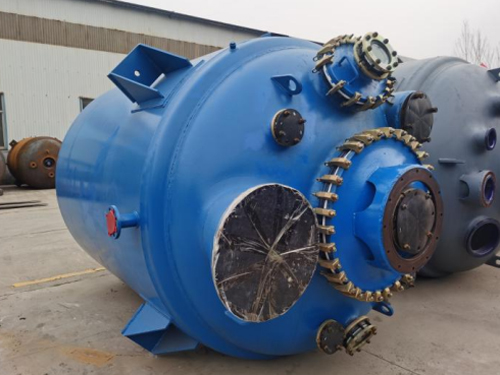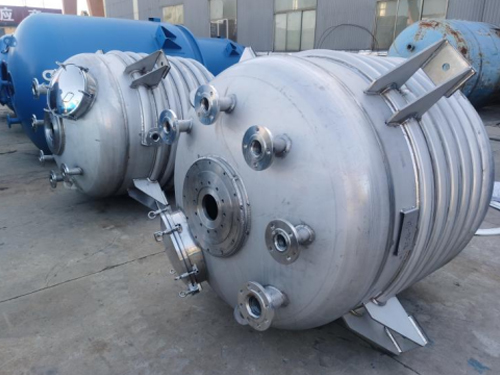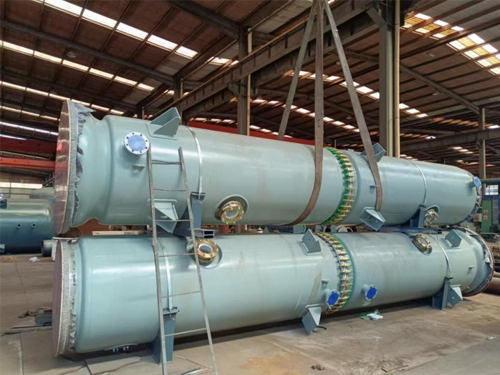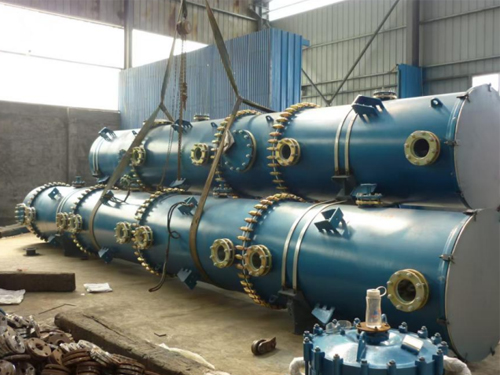Method to check the speed of the enamel glass mixer
author:创始人
time:2025-09-08
click:0
The rotational speed of a glass lined mixer can to some extent reflect the power of the equipment. By observing the rotational speed, problems can be detected in a timely manner and repaired early. So, how should we judge its rotational speed?
1. The rotor of the enamel glass stirrer, also known as the magnetic stirrer, is a component on the stirrer and an essential part of the stirrer, playing a role in stirring. If the rotor is not used on the stirrer. So the enamel glass stirrer will not have a stirring effect on the liquid.
2. At the same time, it is not the rotor that determines the speed, but the motor on the agitator. Glass lined agitators have different speed ranges according to different models.
A double eccentric sleeve with a misalignment of 180 ° is installed on the input shaft of the enamel glass mixer, and two roller bearings are installed on the eccentric sleeve to form an H mechanism. The center holes of the two cycloid wheels are the raceways of the rotating arm bearings on the eccentric sleeve. The electric mixer of the agitator and the paddle agitator are meshed with a set of circular arranged needle gears on the swing wheel to form a small tooth difference internal meshing reduction mechanism. (In order to reduce friction, in reducers with low speed ratios, needle teeth are equipped with needle tooth sleeves).
When the input shaft of the glass lined mixer rotates one revolution with an eccentric sleeve, due to the characteristics of the tooth profile curve on the cycloid wheel and its restriction by the needle teeth on the needle gear, the motion of the cycloid wheel becomes a planar motion with both revolution and rotation. When the input shaft rotates one revolution in the forward direction, the eccentric sleeve also rotates one revolution, and the cycloid wheel rotates one tooth difference in the opposite direction to obtain deceleration. Then, with the help of the output mechanism, the low-speed rotation motion of the cycloid wheel is transmitted to the output shaft through the pin shaft, thereby obtaining a lower output speed.
By observing the glass lined mixer with the naked eye, one can roughly determine the operating condition, mainly by understanding the model of the equipment. Different models have different speeds, which can also be seen through the parts.





